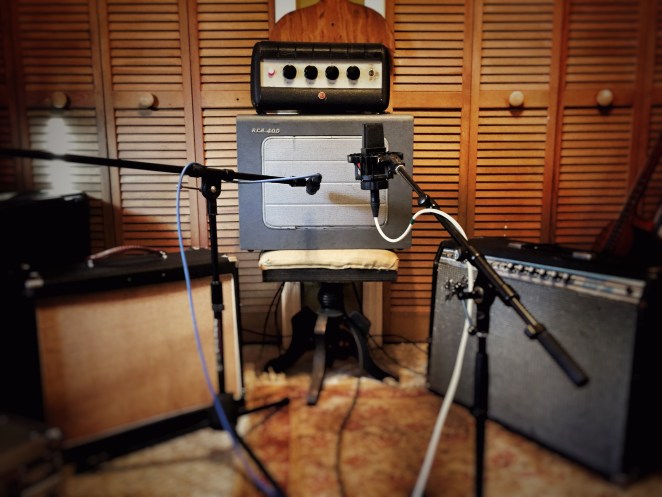Recording artist and producer Don DiLego cut his teeth making music in New York City in the early 2000s, working with acclaimed artists Jesse Malin, Hollis Brown and other colorful characters who inhabit the Lower East Side. Fifteen years ago, he had an opportunity to set up his dream studio, which wasn’t in the heart of the city but further out west in the woods of Pennsylvania. He jumped at the chance and since then has built up Velvet Elk Studios, a 24-track professional recording studio that is all about vibe amidst a relaxed and comfortable rural setting.
Magic happens when there’s an undefinable mojo a room creates, and Velvet Elk has what NYC artist Kelley Swindall calls “very Big Pink vibes.” Swindall recorded her recently released debut record, You Can Call Me Darlin’ If You Want, over the course one weekend at Velvet Elk, marveling at the warmth from the room and DiLego’s production style.
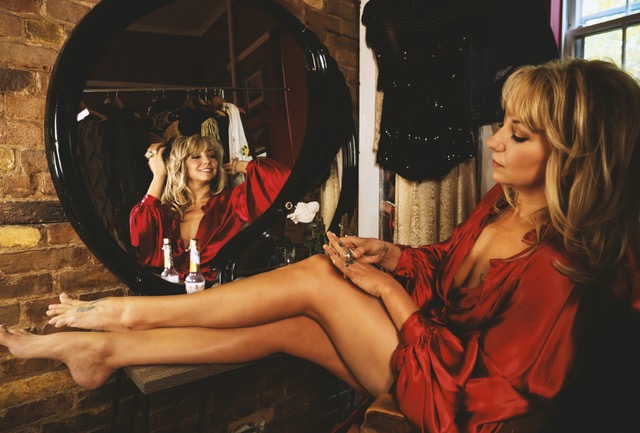
“I seriously can't stress more how important the vibe we had was,” Swindall told American Songwriter. “It made for a very specific and insular world that everyone was instrumental in co-creating. The studio itself is pure Americana, so that did not hurt at all. There was a snowstorm happening too, and we were out in the country. I had been inside Big Pink years before, and the two spots are definitely simpatico to me, from the decor to the location to the coziness and timeless energy.”
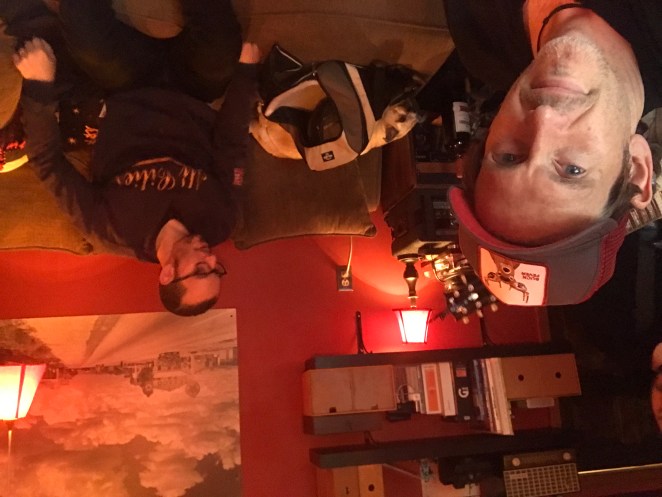
DiLego’s intent from the moment he decided to convert the house into a studio was to make it a fun time for each of the artists he chooses to work with when they come out to record. Given that many of them are from the concrete jungles of NYC, it’s an easy sell. “Bands and songwriters come out because it’s a full experience, a working vacation in a completely immersive environment,” he said. “You’re here in the woods with a big backyard, windows looking outdoors at wild animals wandering by.”
Tracking at Velvet Elk is done with a slew of outboard gear, including an API 512C Preamp and Universal Audio LA3A Vintage. Mixing is done in the box with a heavy dose of Universal Audio plug-ins. “They’re the most legitimate, indispensable plugins. I have some of the plug-ins auto-assigned to almost every channel- an LA2A for vocals, bass and guitar amps. They also have great stereo compressors for mixing and tape emulators.”
The studio does have its share of vintage analog gear, including an Otari ½ tape machine, Roland Space Echo and others. But DiLego confesses they don’t see the action they have in the past. “They all look amazing and I want to use them every time. But more often than not, the noise that I get from these machines and the time spent troubleshooting makes it not worth what the plug-in can do instantaneously. It’s not 2005 anymore. These plug-ins today are amazing.”
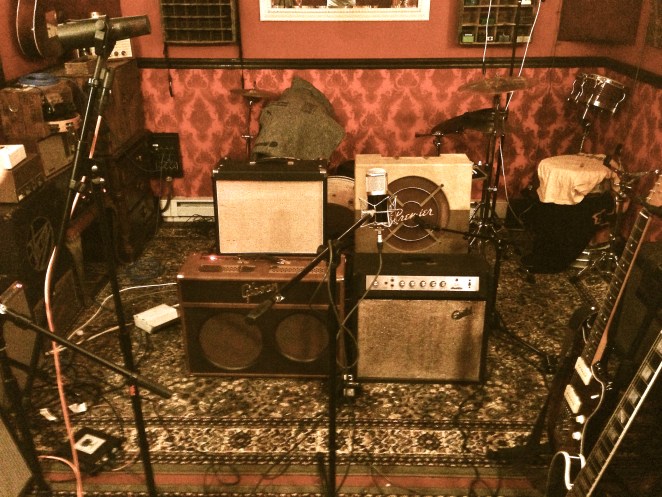
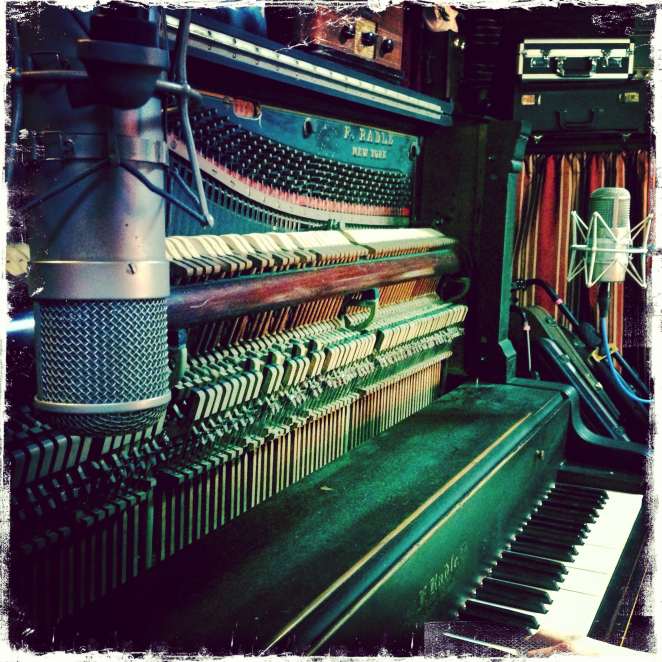
Swindall and DiLego had known each from the Lower East Side scene and played together on shows. “Kelley’s very easy to like very quickly. Her passion is old country- Hank, Willie, Patsy. But I knew she was green and had never been in a studio. Her songs were never developed.”
In setting up the sessions for her debut, DiLego and co-producer Mike Montali (Hollis Brown) recruited some friends -- Teddy Kumpel on guitar, Andy Zehnal on drums and Mike Hesslein on Keys -- while DiLego played bass on the tracks.
Working up the arrangements was a casual process of finding the best feel for each song. “Kelley has a rhythm which is unique to her, which is a compliment. She strummed us the songs and we ‘invented’ the songs as we went. Those musicians made it happen because of their caliber. They were able to adapt as needed if we wanted to change the feel or arrangement. Every song you hear on the record is the version that was ‘invented’ minutes before it was recorded, which I loved.”
Swindall was admittedly a novice in the studio and DiLego’s laid-back approach appealed to her.
“I was a solo artist when I went into the studio. All of my songs were written on acoustic guitar, so to hear them fleshed out and basically become brand new creations backed by this band was magical. I had played with a band before, but this was different. I was very weary and nervous about going into a studio with a full band, especially without rehearsal and with some musicians that I had never even met, because I was terrified the story and words of my songs would be overpowered by overproduction. I had heard quite a few songwriters play a song acoustically live, and I'd be stoked and buy their album, only to listen to the same song and all the richness and authenticity was gone from too much production. Don and Mike were great about walking the line between maintaining the integrity of the original acoustic version while giving it a new life and sparkle with the studio production.”
Swindall and DiLego both point to the song “I Ain’t For You, You Ain’t For Me” as a perfect example of how a song evolves from demo to final production. “The demo for “I Ain’t For You, You Ain’t For Me” was an old-timey sounding song” DiLego notes. “And we made it into a song with attitude and a lot of style.”
“I had tried to record it once before, but it just didn't work in that elusive transition from acoustic song to full-band production,” Swindall confessed. “It's very, very wordy and the acoustic version has a more understated groove – a very moody acoustic coffee shop/beat poet feel. That is NOT what you get from our studio version, and I couldn't be more thrilled. It's super fun, and rockin' and high energy, and I would never be able to sing it acoustically like I do on our track.”
“I had been singing many of these songs for years one way, and once the full band and those vibrations were behind me, it brought out a whole new aspect of my voice, that I normally didn't have to access, but was necessary to jive with what we were creating in the moment. I made so many discoveries of what I was capable of as a vocalist and performer over those days.”
As often happens, DiLego’s ‘aha’ moment in finding his studio’s mysterious mojo occurred by accident several years ago. NYC’s acclaimed roots-rock band Hollis Brown had set up to record a full live version of the Velvet Underground’s Loaded record for a Record Store Day release. The band had booked two and a half days and came in well-rehearsed, playing the record in reverse order. “(Singer) Mike Montali was in the room with other band members, so each of the tracks had tons of bleed.” DiLego rectified the situation by cranking the compressor and preamp. Montali sang his scratch vocals quietly in the corner facing opposite the drums using a Shure SM7, a fairly directional microphone meant for broadcast and designed to keep out ambient noise.
On playback, DiLego noticed the drum sound was incredible, the best he ever had recorded. He went to work trying to find out what microphone made the sound so massive, muting every drum mike one at a time. The X factor mystery element turned out to be the Shure SM7 microphone. “We wound up using all the original takes, including Mike’s scratch vocals which had all the drum sounds bleeding into his performance. I may have kept the kick track to give it some heft, and possibly snare, but the drum sounds are essentially from that mic!”
“The fact that it captured the drums which were in the opposite direction on the other side of the room so well was amazing. Now, every session I do now I have that microphone in corner facing the opposite direction. I throw it up and see what magic might happen. I never would have figured that out.”
Even though Velvet Elk has a plethora of top-quality gear and funky instruments, it all comes down to the personality of the person running the show. For DiLego, it’s all about setting the mood, focusing less on the nuances of a potential imperfection and capturing a moment in time.
“My strength in recording process is keeping everyone in good spirits and creative mood. The way I’ve set it up is the performers don’t have to keep looking at the clock and worry about how much money they’re spending per hour. We can start at 10 am or we can start at 2 pm.”
“The actual rooms are as important as the gear. When someone comes in, it’s a bonus that I have an LA2A compressor or other great equipment. Hopefully, they’re already in love with the place because of the relaxed, comfy vibe and stuff on the wall and the old piano from the 1800s. That’s as important to me as making sure the gear is in pristine shape. You’re coming for the full experience of being away from everything for a few days and it’s just music, music, music and a good time.”

